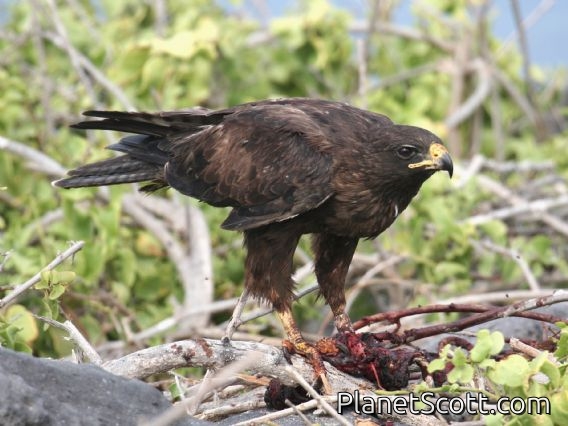Galapagos Hawk (Buteo galapagoensis)

Galapagos Hawk (Buteo galapagoensis)

Galapagos Hawk (Buteo galapagoensis)


×



Galapagos Hawk (Buteo galapagoensis)

Galapagos Hawk (Buteo galapagoensis)
About Galapagos Hawk (Buteo galapagoensis)
- Kingdom: Animals
- Phylum: Chordates
- Class: Birds
- Order: Hawks, Eagles, Kites, and Allies
- Family: Hawks, Eagles, and Kites
The Galápagos hawk is a large hawk endemic to most of the Galápagos Islands.
Source: Wikipedia
Lifelists
Trips
Visits
-
2006-12-03
Isla Fernandina - Punta Espinosa, Ecuador -
2006-12-07
Isla Isabella - Highlands, Ecuador



